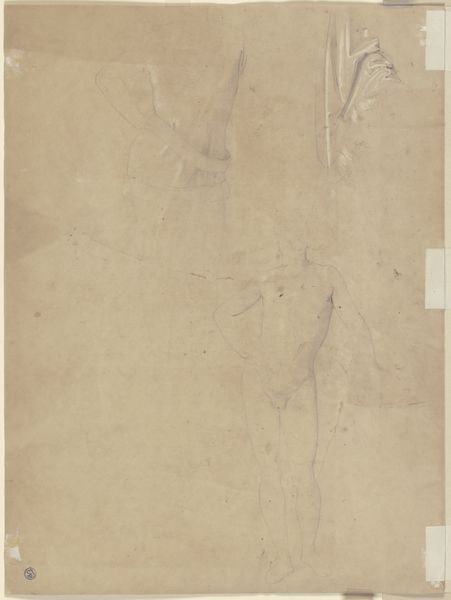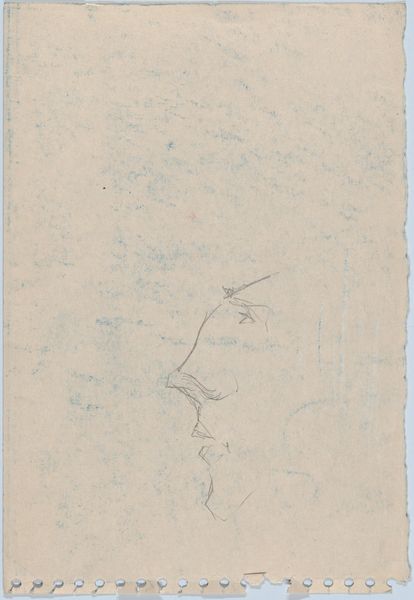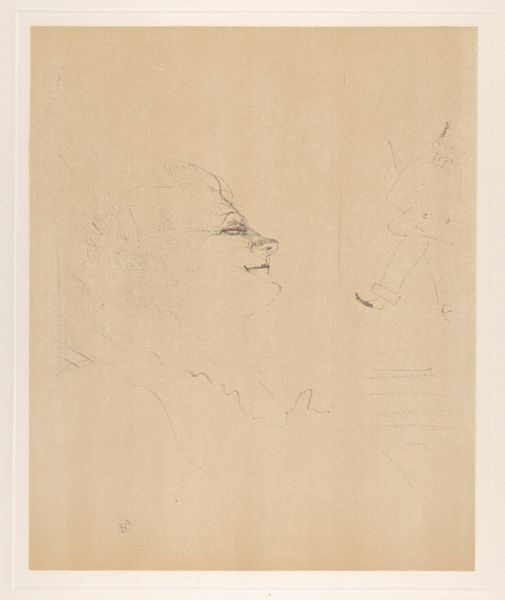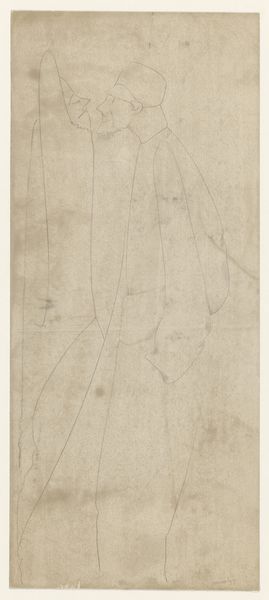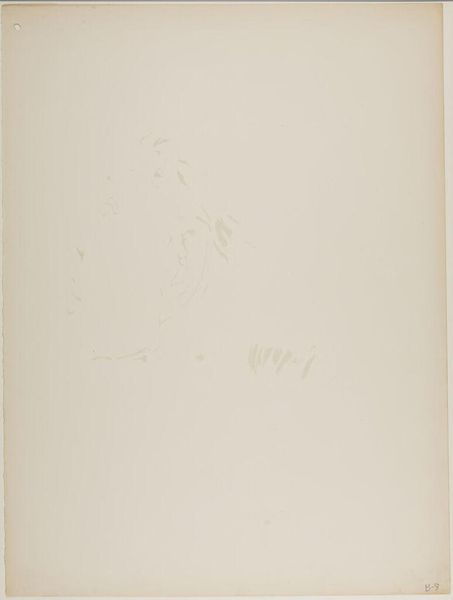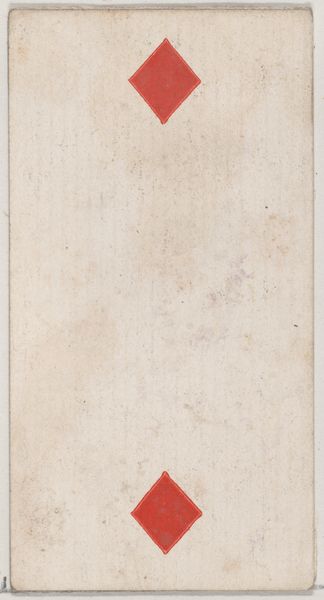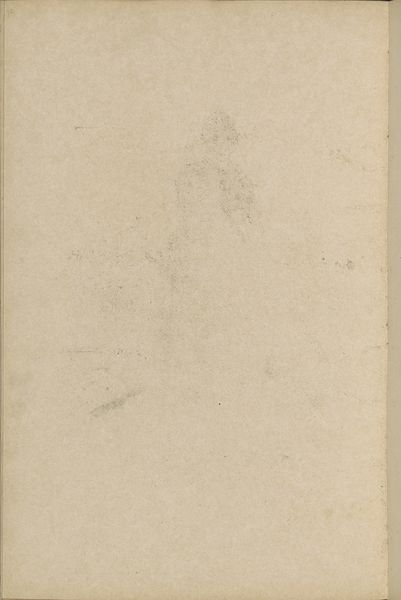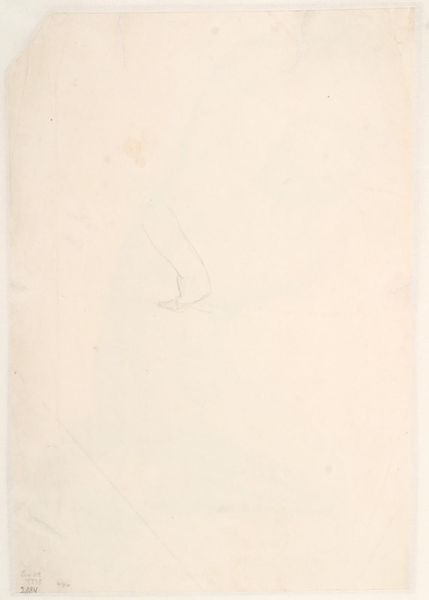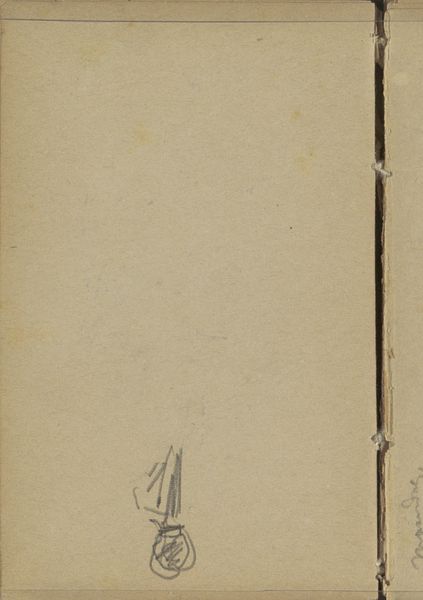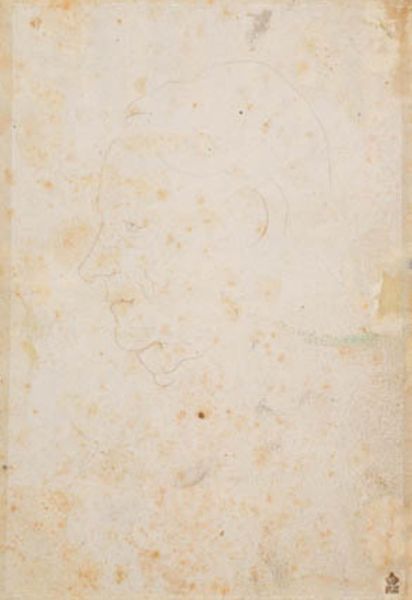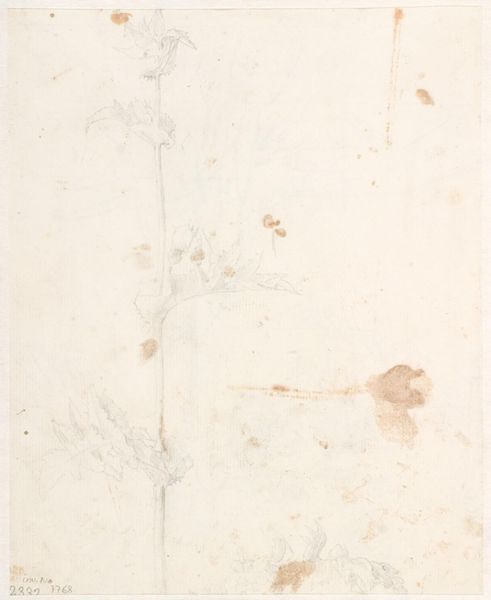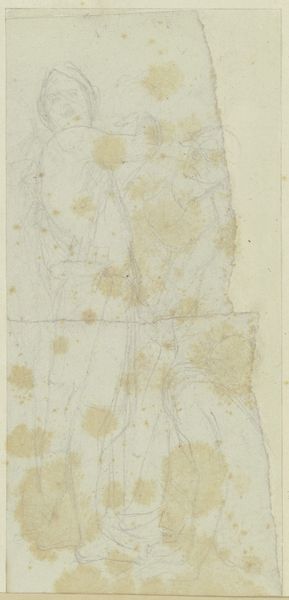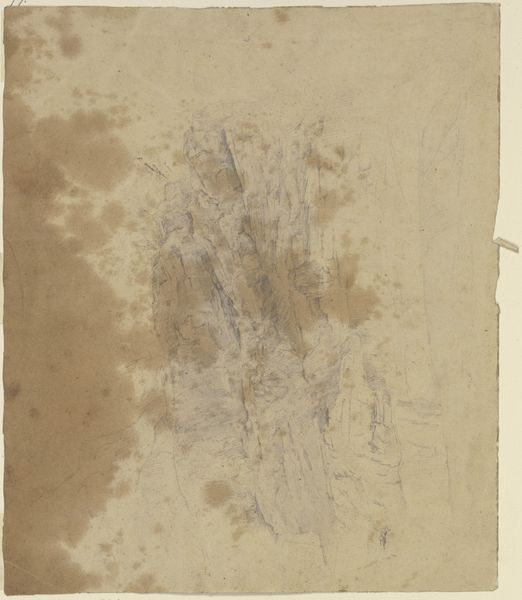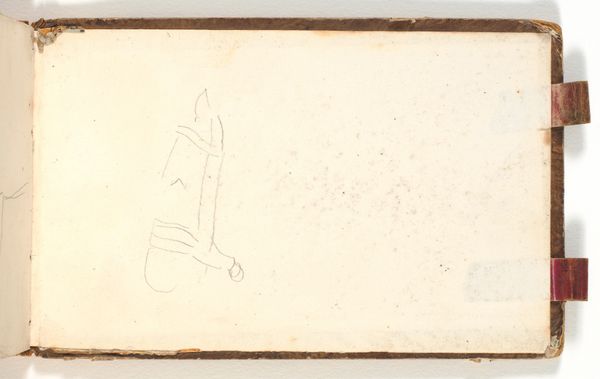
drawing, paper, pencil
#
drawing
#
paper
#
pencil
#
realism
Dimensions: 179 mm (height) x 123 mm (width) (bladmaal)
Curator: Looking at Gudrun Traustedt’s drawing from 1920 to 1924, simply titled "Studie af en blomst," the immediate sensation is one of fragile beauty, almost ephemeral in its simplicity. The choice of pencil on paper creates an impressionistic yet defined portrayal of natural elements. Editor: There’s an interesting quietness to this work, a sense of restraint that feels quite deliberate. Considering Traustedt’s lifetime, her potential influences and life circumstances at the time of this study is important when contextualizing its aesthetic value and deeper historical importance. I think what’s fascinating is her study on realism – was that tied to what other Danish women artists were exploring at that moment in history? Curator: Absolutely. Looking at this single floral study, it appears almost tentative, the lines faint as if questioning the subject, which opens discussions of not just feminist art but intersectional studies in marginalized gender and Danish artistic expression. This connects to historical views on women artists during the period, as women in Danish society struggled to maintain the financial freedom needed for this creative self expression. In looking at floral presentation here, the fragile pencil line speaks of delicacy and frailty: feminine markers and attributes ascribed in that particular moment. Editor: And if we consider the flower itself, beyond the drawing’s specific cultural moment: blooms, both open and still budding, speak to a sort of ephemeral quality, perhaps, a consideration of how growth mirrors decline. The symbolic nature of the paper support may add even further interpretive dimensions to this artwork: note the apparent aging and visible fiber content! Curator: Those are key elements in deconstructing Traustedt's artistic intent and place within the wider cultural landscape of the time. It highlights how gender, class, and cultural expectations intersect within artistic expression. By delving into these elements, we enrich the value of viewing art historical works for future study and conversations! Editor: Indeed, viewing through an iconographic lens, it brings out these symbols that would've had meaning in her community and family's creative circles – her way of documenting a visual motif that may well contain a deeper emotional message and social message from that time!
Comments
No comments
Be the first to comment and join the conversation on the ultimate creative platform.
